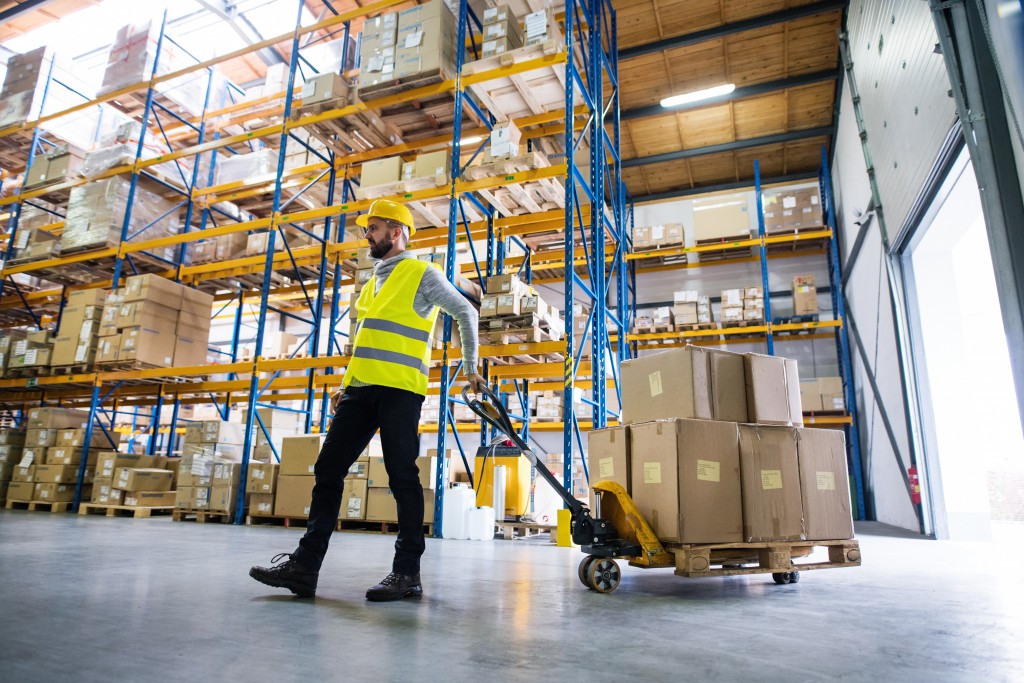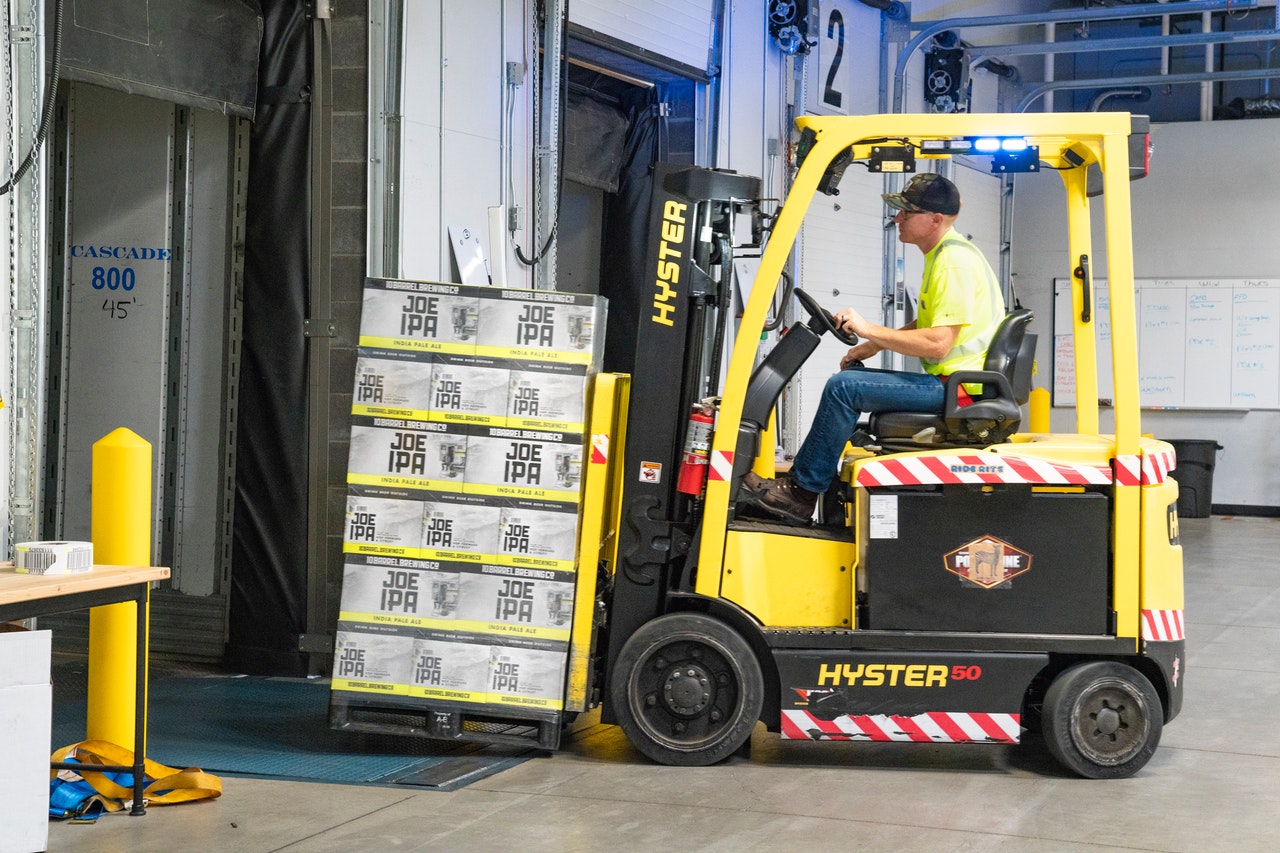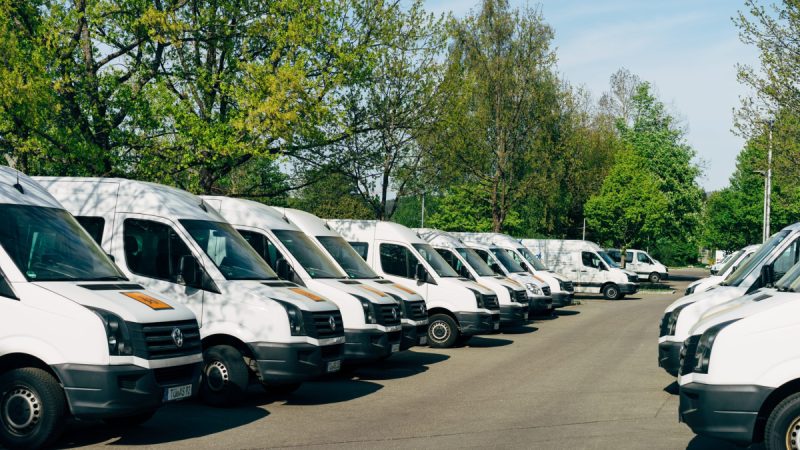Logistics and Delivery: Is It the Industry that Will Rule 2021?

COVID-19 has influenced the quick rise of the digital landscape, and the changes we’ve seen in consumer behavior in the last year are going to continue further into the year, even with the vaccine on the way. Despite the sudden economic downturn, the demand for delivery is quickly rising, and it’s up to businesses to catch up and meet customer demands. With that, here are a few trends to look out for to keep your business afloat in a fast-changing economic environment.
Delivery is Still King
2020 was a period of adjustment for numerous businesses and retailers, as the lockdown forced more and more people to have their necessities delivered to them. Businesses did a good job of following through with orders, with e-commerce revenue reaching $211.5 billion in only the second quarter of 2020. However, these companies stumbled in terms of delivery time and reliability.
Due to the increase in online shopping due to the pandemic last holiday season, private postal companies like FedEx and UPS rejected new deliveries, forwarding them to USPS. This caused an overwhelming amount of packages to be rerouted, causing widespread delays all over the country.
In 2021, it’s time for companies to step up and find different ways to stand out, with more companies involving themselves in the delivery sector.
More Investments in Logistic Services
With the pandemic further accelerating the demand for delivery services, retailers find innovative ways to get their items to customers on time. We’ll see more businesses investing in fleet solutions like warehouses and distribution centers to keep their shelves stocked and their customers’ orders fulfilled. Businesses may also consider putting more emphasis on their delivery subscriptions. This allows the customer to receive items regularly (usually monthly or annually). This ensures more efficiency and a more reliable source of income for businesses.
Businesses are also likely to face many hurdles in the course of the year as companies will have to weave through the different environmental, supplier, and market changes brought on by the pandemic.
Smart Delivery Automation
These overwhelming economic conditions where the increase in demand is higher than ever before have also caused an increase in the need for automation. Companies will likely begin to move in this direction. However, it will be a slow-moving process. Challenges like government regulations are a prominent hurdle to this process as even car insurance companies are still trying to figure how to insure self-driven cars.
Amazon, for instance, is decreasing its drone service, showing signs that they won’t be focusing on this aspect of their business for the time being. Companies like Gatik and Nuro, on the other hand, are going the opposite direction by investing millions of dollars in autonomous delivery startups. For now, it’s best to be on the lookout for the developments in this sector of logistics and see how things go from here.

Pop-Up Shops
With brick-and-mortar shopping becoming limited, pop-up shops are taking the stage in a post-COVID society, giving retailers the chance to provide customers with an open-air socially-distanced shopping experience. In 2021, however, even these pop-up brands will make their way into the supply chain sphere and become a part of the already growing e-commerce traffic.
Delivery Economy Will Soar Higher
The delivery economy will keep on rising, and it shows no signs of stopping in the coming months.
Safety is still a priority during the pandemic, but people still want to eat, drink, and socialize. With customers getting more accustomed to having food delivered, it’s more likely that they will shift to online deliveries for their other items. This goes not only for food establishments but other sectors as well, such as electronics, clothing, appliances, household items, etc.
With less foot traffic, these establishments will optimize their businesses to further accommodate delivery orders. This includes downsizing their storefronts or considering more budget-friendly options such as utilizing micro-fulfillment centers and ghost kitchens.
With everyone starting to get the hang of things this 2021, it’s highly likely that we will see big changes in how businesses operate in a pandemic that’s been marked by a huge shift to digital services. With the surge in e-commerce and online delivery, businesses will still have to carefully navigate through challenges posed by the pandemic while innovating to meet the continuously increasing demand.
To succeed in this digital economy, businesses will have to take advantage of logistics services, maximize their outreach, and improve their services’ efficiency, so it’s best to plan your next business strategy to help you adapt to the new digital era.




